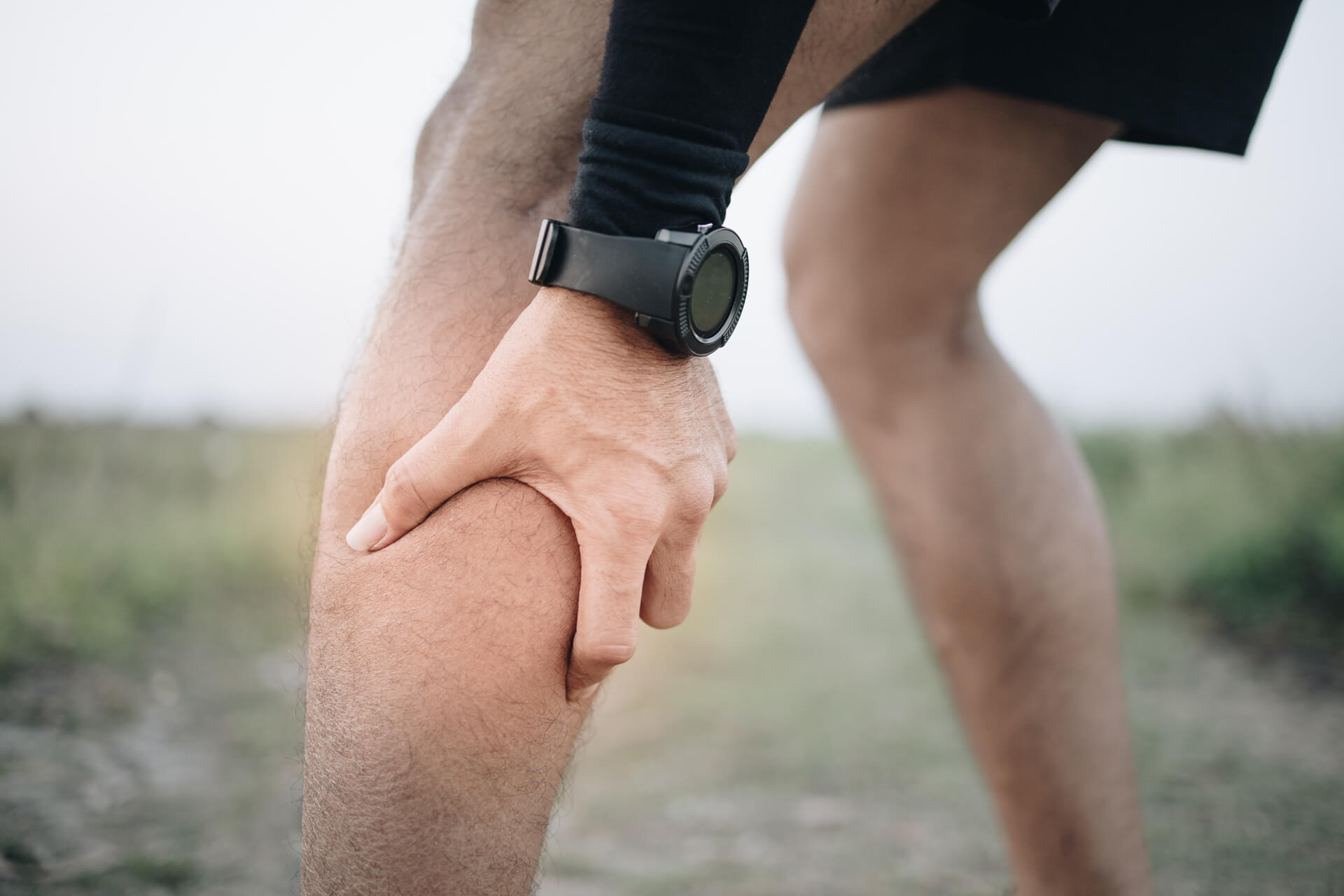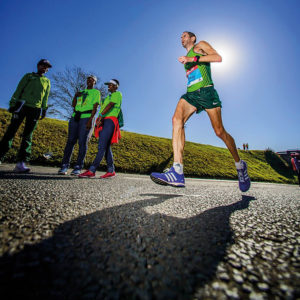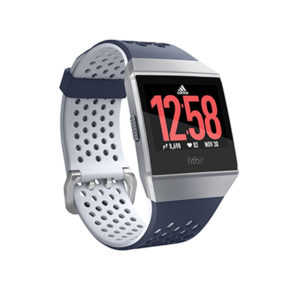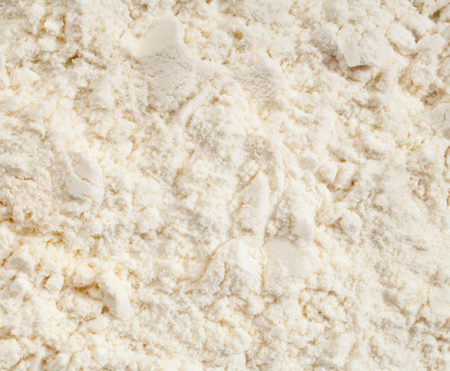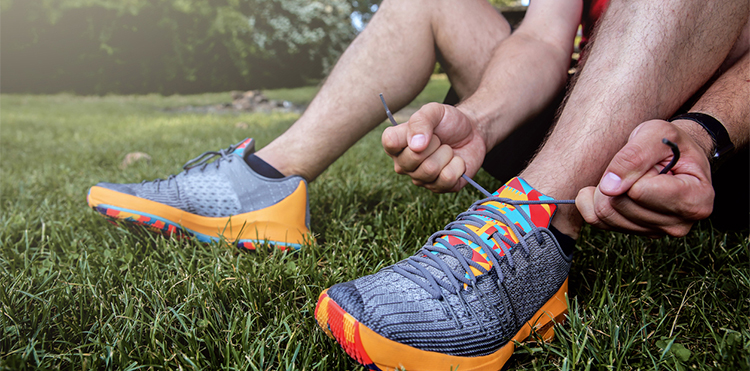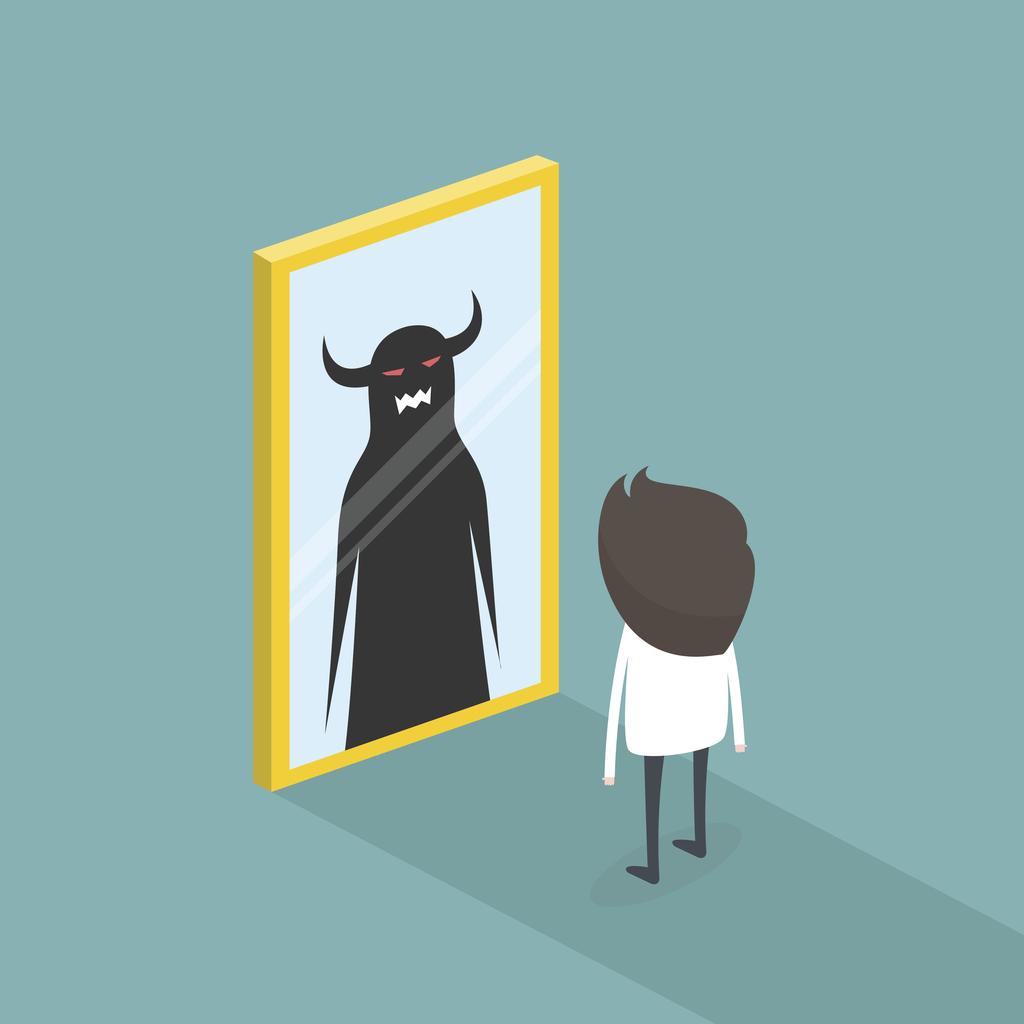
Standing on the scales staring down at the number below. Looking up to the mirror, turning left and right, prodding at your middle, sucking your stomach in. Scrolling through Instagram and the hundreds of bare midriffs on display; tensed and toned, always just a middle, never a head attached – no face, no smile – as though this is the most important identifier of a person. Does this sound familiar?
Men don’t talk about body image as much as women. We women have got more comfortable talking with each other about how we feel about our bodies and the pressure we feel to look a certain way. And I don’t just mean the stereotypical, “Does my bum look big in this?”
We’ve started shouting back at the messages we’re bombarded with from the media and, more recently, social media and the pressure to conform to unrealistic body ideals. We’ve asked for more diversity in the models we’re presented with.
The result, as far as I see it, has just been more choice in the unattainable body ideals we’re subjected to. So instead of having to aspire to the size zero of a catwalk model, women can spend all their money trying to look like a Kardashian or become a disciple of #strongnotskinny and rush down the gym after work trying to emulate people like Jess Ennis-Hill whose job it is to train hard for several hours a day. Be anybody but yourself, love any body but your own.
No Joke
Men have fewer options: get yourself a six-pack and be able to do infinite one- handed press-ups. The alternative seems to be a beer belly and conforming to a ‘jolly fat lad’ stereotype, happy to be the butt of jokes about your weight.
You’re a man, after all, a man who likes pizza and having his mates call him Homer; who hates lettuce and exercise; who doesn’t talk about ‘feelings’ or societal pressures to look and behave a certain way; and who laughs along with the jokes aimed at him and his weight.
Only it’s not funny, is it? To make fun of someone’s appearance, whatever that joke may be, and as much as someone might outwardly laugh off such ‘bantz’, how they’re feeling inside can actually be very, very different.
You are a runner
Eating disorders have often been viewed as a female issue, but the National Institute of Health and Clinical Excellence (NICE) estimates around 11% of those affected by an eating disorder are male. And according to the charity Men Get Eating Disorders Too, runners are at higher risk of developing anorexia and bulimia.
When you stand by the side of a race and watch the runners, you’ll see all shapes and sizes going past. Every age, height, body shape, skin colour, united by running. This sport is for everybody. You might not see someone who looks like you in an advert for running shoes or a race entry website, but that doesn’t mean it’s not for you. The decision to be a runner is yours and yours alone.
HELP & SUPPORT
If you’re struggling with how you feel about your body, or are feeling low and need someone to talk to, these organisations can help.
BEAT – beating eating disorders, b-eat.co.uk
Men Get Eating Disorders Too, mengetedstoo.co.uk
Samaritans, samaritans.org


